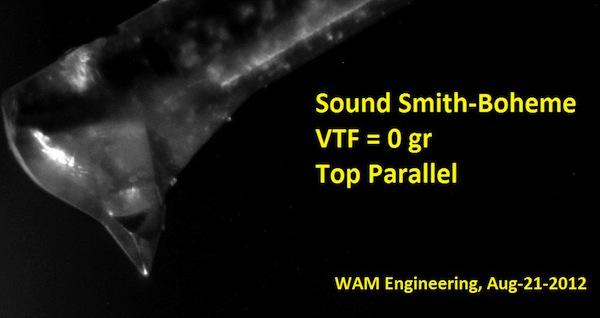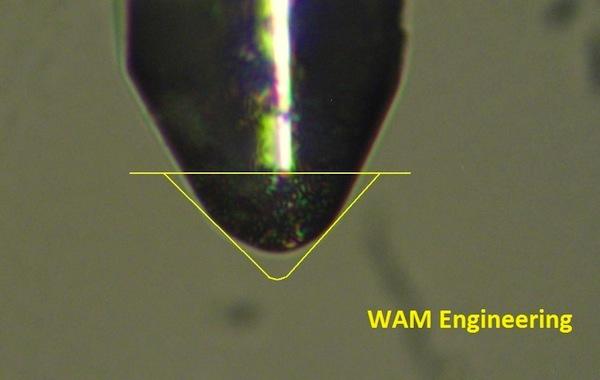Set-Up Tips
Sort By: Post DateTitle Publish Date
|
Mar 03, 2022
|
Mar 19, 2021
|
Oct 02, 2012
|
Aug 11, 2020
|
Jun 29, 2012
|
Aug 21, 2013
|
Feb 19, 2014















